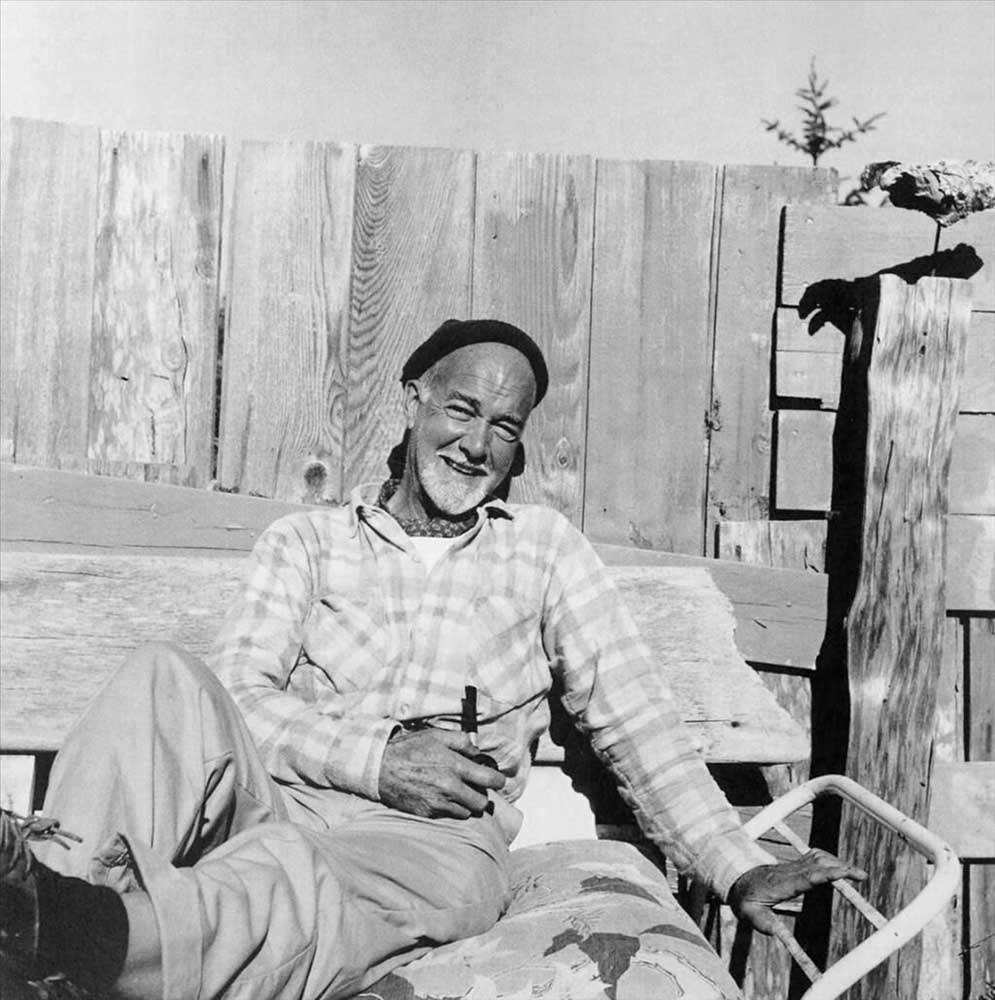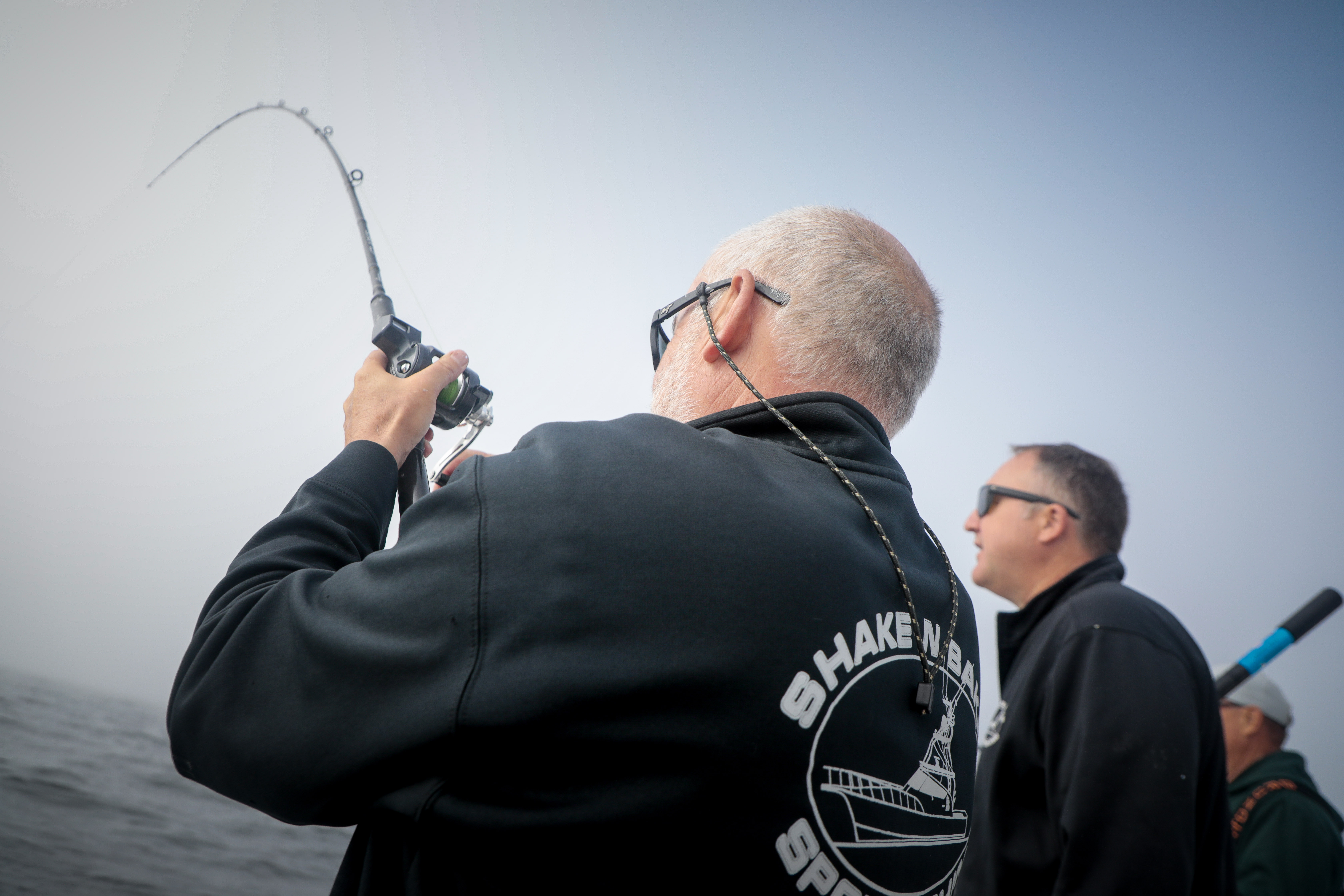‘Creative district’ designated in Long Beach
Published 11:39 am Thursday, December 19, 2024

- Pictured at his home in Long Beach, Wikipedia says “Kenneth Callahan was an American painter and muralist who served as a catalyst for Northwest artists in the mid-20th century through his own painting, his work as assistant director and curator at the Seattle Art Museum, and his writings about contemporary art.” Callahan is a prime example of the peninsula’s longstanding artistic energy.
LONG BEACH — Councilors last week advanced a process that Long Beach officials hope will bolster the city’s creative economy.
Trending
The Long Beach City Council at its Dec. 16 meeting voted to designate a wide stretch of the downtown area as a creative district in an initial step to eventually win state recognition that would open the door to new opportunities for funding, training and other assistance with the intent of turning local cultural activities into economic growth.
Cities are eligible to receive a $10,000 startup operating grant to launch their creative district program and can also receive up to $50,000 in capital funding for small-scale projects within the district, such as wayfinding signage.
These state-certified districts are public-private partnerships aimed at promoting a community’s creative identity and growing jobs in a sector that ranges from artists and entertainers to restaurateurs and inventors. The districts are administered by either the municipality itself or a dedicated nonprofit.
A local steering committee has been pursuing the establishment of a creative district and includes representatives from the World Kite Museum, Peninsula Arts Association, Pacific County Economic Development Council and Ocean Beach School District, among others. A larger planning committee has also been formed and is comprised of about 30 people from the arts and business communities as well as local government officials.
The existing boundaries of the creative district authorized by the city council comprises Long Beach’s Old Town and Residential Commercial zoning districts, straddling both sides of Pacific Way and running as far south as Sid Snyder Drive and as far north as just beyond Pioneer Road. The area in question includes art galleries, museums, restaurants and performing arts venues.
“The designated area, just to point out, is kind of a placeholder because we don’t know what that will end up being until the people involved — the steering committee — and all the public input says how far that creative district extends,” said Long Beach Mayor Sue Svendsen. “But it won’t extend any further probably than [the current boundaries].”
Earlier presentation
The council previously received a presentation from Annette Roth, the community development manager for the Washington State Arts Commission (ArtsWA), at a Dec. 2 workshop. ArtsWA oversees the state’s creative district program, which began in 2018 after legislation was passed and signed into law in 2017.
According to Roth, ArtsWA views creative districts as a tool for economic development in cities where they have been established.
“Communities use the certification that they get as a vehicle to grow jobs and to bring economic opportunities to their community — primarily in the arts and culture sector, but also in the creative economy sector as well,” Roth said, noting cities will often use their creative district to help promote their community’s assets, giving it a tourism component as well.
The first creative district was certified in December 2018, and as of this month there are 19 certified creative districts statewide, located in the likes of Olympia, Tenino, Ellensburg, Issaquah, Port Townsend, Bremerton and Moses Lake. Another 13 cities are at various stages in the quest for certification, including Raymond and South Bend.
Long Beach’s decision to have its creative district be located within its downtown area is in line with other cities’ determinations, as it’s often where a community’s cultural scene is most concentrated. And while the creative sector includes arts and culture, Roth emphasized that the district’s focus is by no means limited to the performing arts.
“It includes all kinds of creative jobs, like blacksmiths and other types of makers,” she said, with other examples including fine woodworkers, graphic designers and web developers, and specialty food manufacturers. “We have a broad definition, and there are 92 different sort of job classifications that fit within this notion of the creative sector.”
In all, the ensuing application process that Long Beach will now undertake to become a state-certified creative district can take as long as several years or as short as six months.
Potential benefits
The presentation touched on the various benefits that come with having a state-certified creative district — aside from the exclusive highway signage, that is.
Cities are eligible to receive a $10,000 startup operating grant to launch their creative district program and can also receive up to $50,000 in capital funding for small-scale projects within the district, such as wayfinding signage. Funding can also be leveraged for larger redevelopment projects, particularly for historic buildings or buildings that are underutilized.
New investment opportunities are one of the most obvious perks that cities are able to take advantage of, which Roth said can help form or strengthen partnerships with regional organizations like merchants associations, arts organizations and important local employers, as well as allow cities to receive access to more substantial state and federal grant opportunities aimed at community development.
“A lot of the work that you do when you become a creative district, you have to demonstrate when you’re applying for these very large community development grants; a lot of partnership and demonstration that different organizations are working together and they have plans in place for how they want to grow a specific aspect of their community,” said Roth.
Other support and benefits provided by ArtsWA through the program includes networking opportunities, ongoing technical assistance and leadership training.









